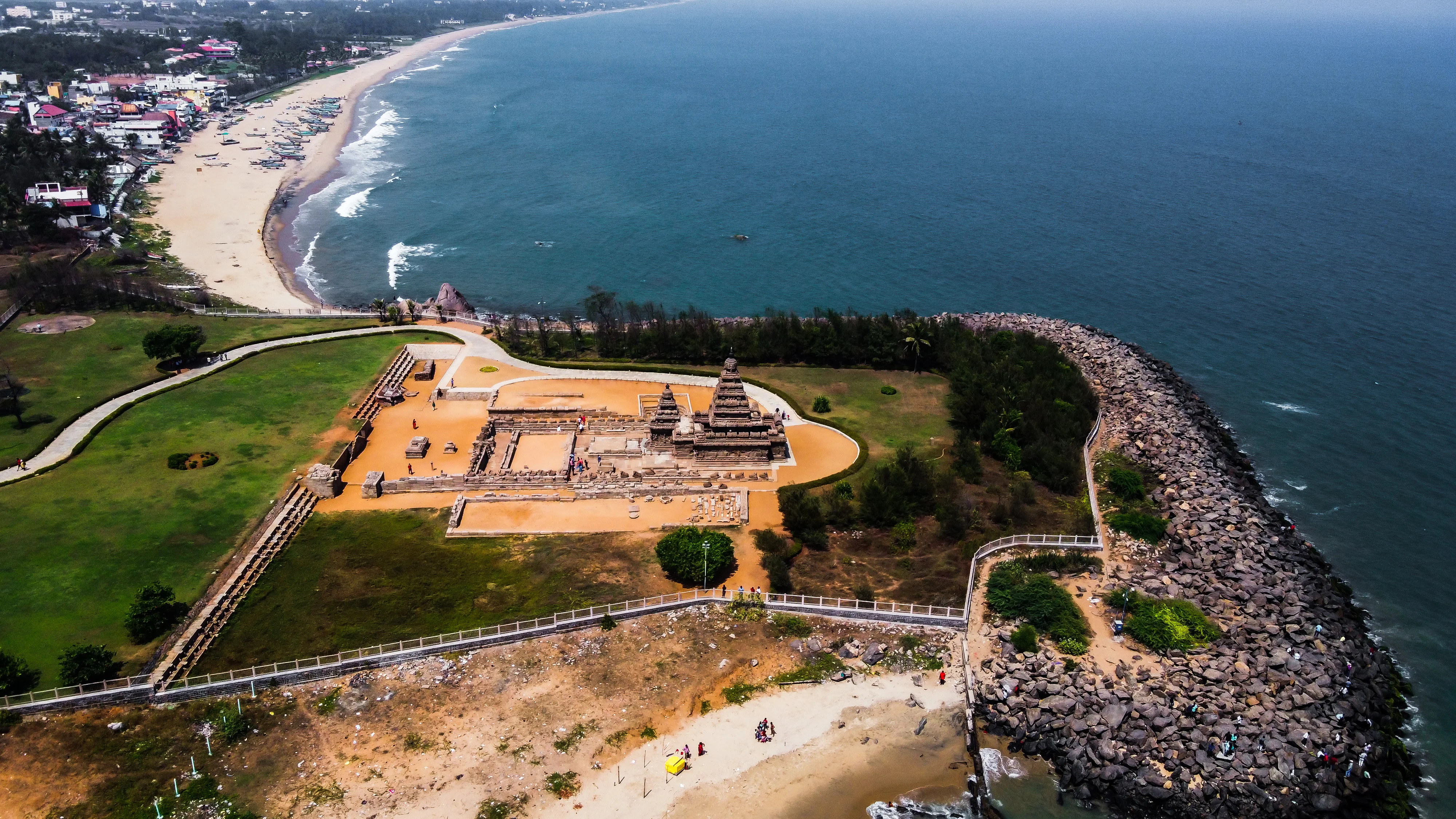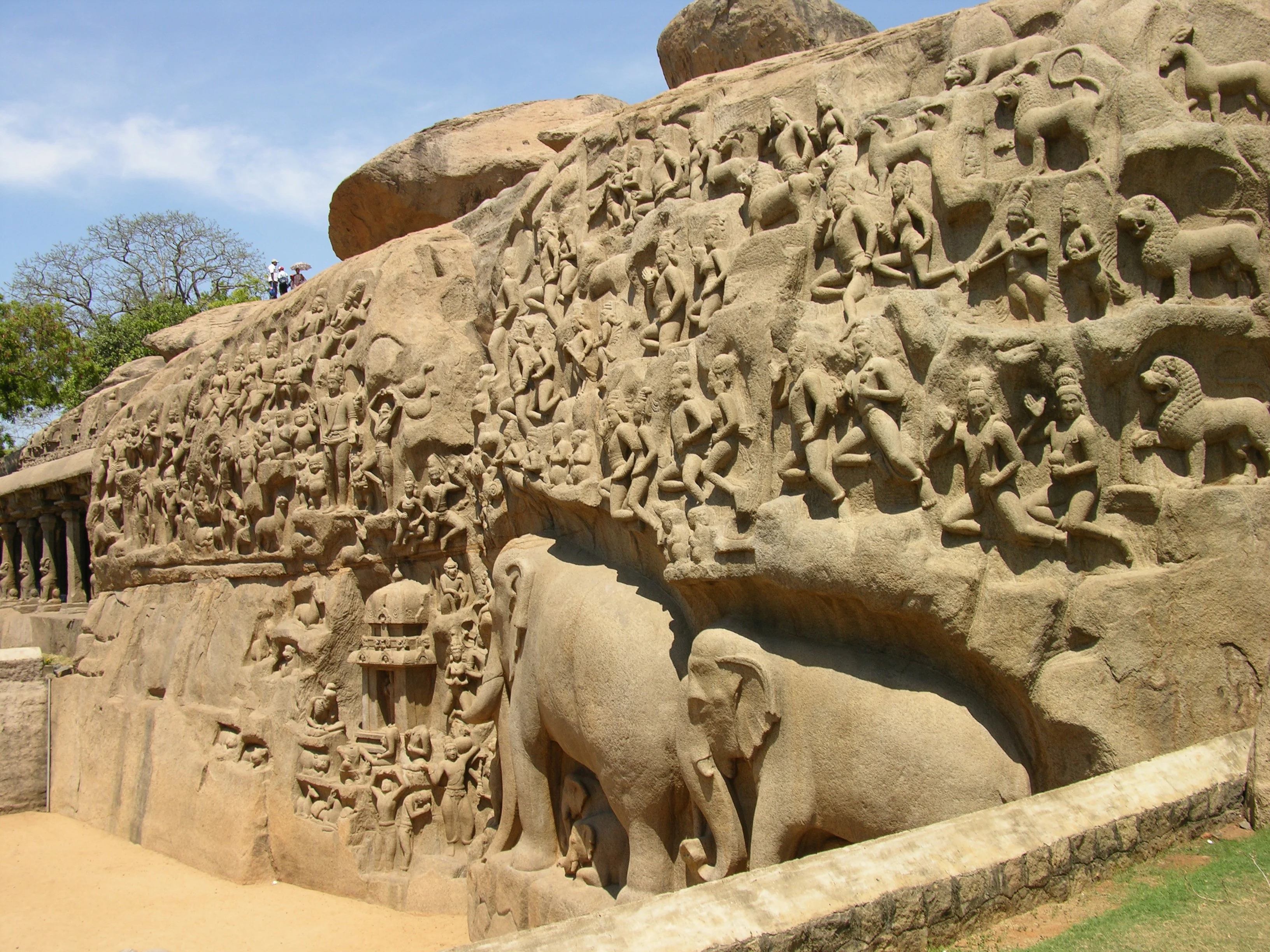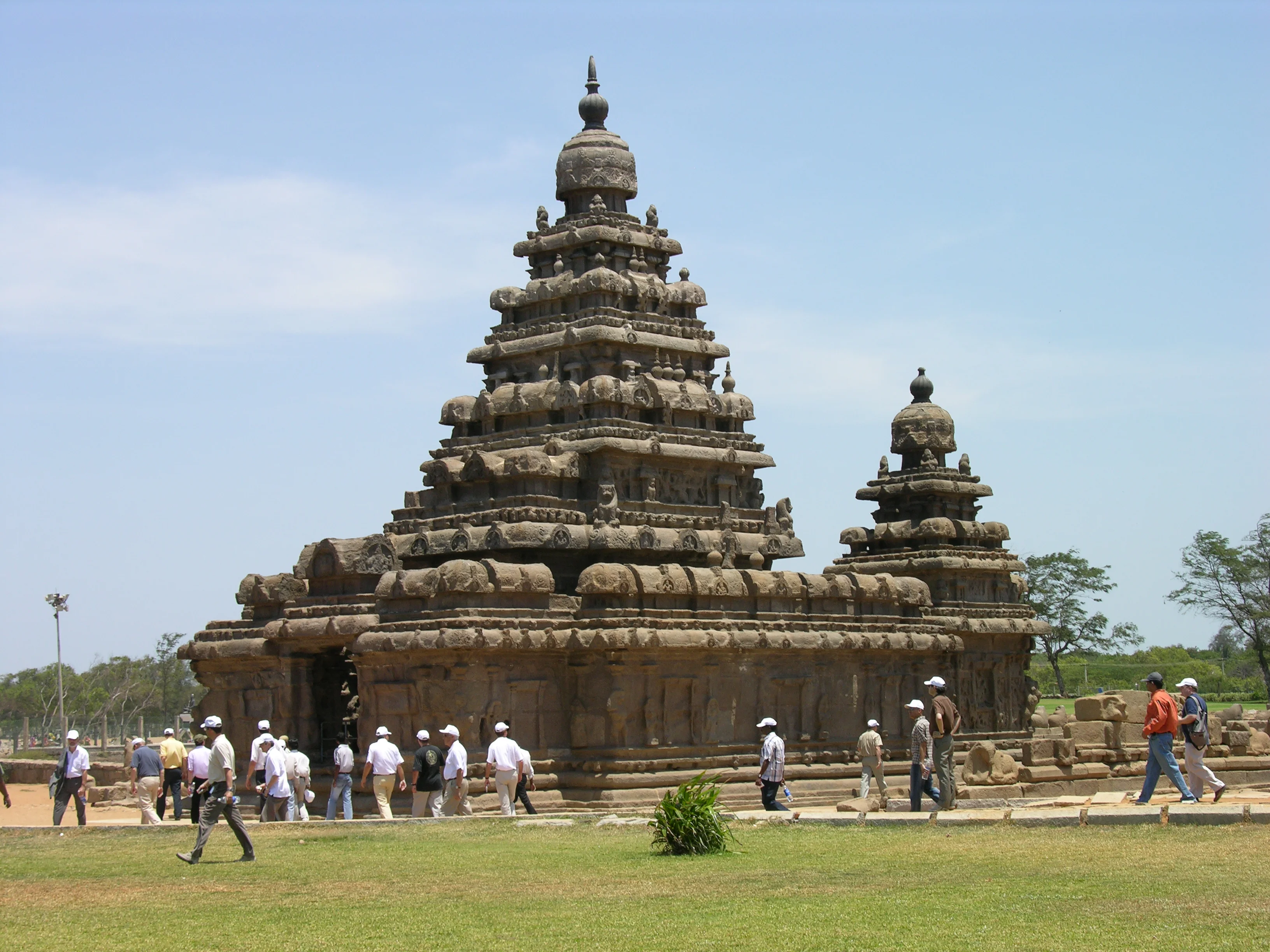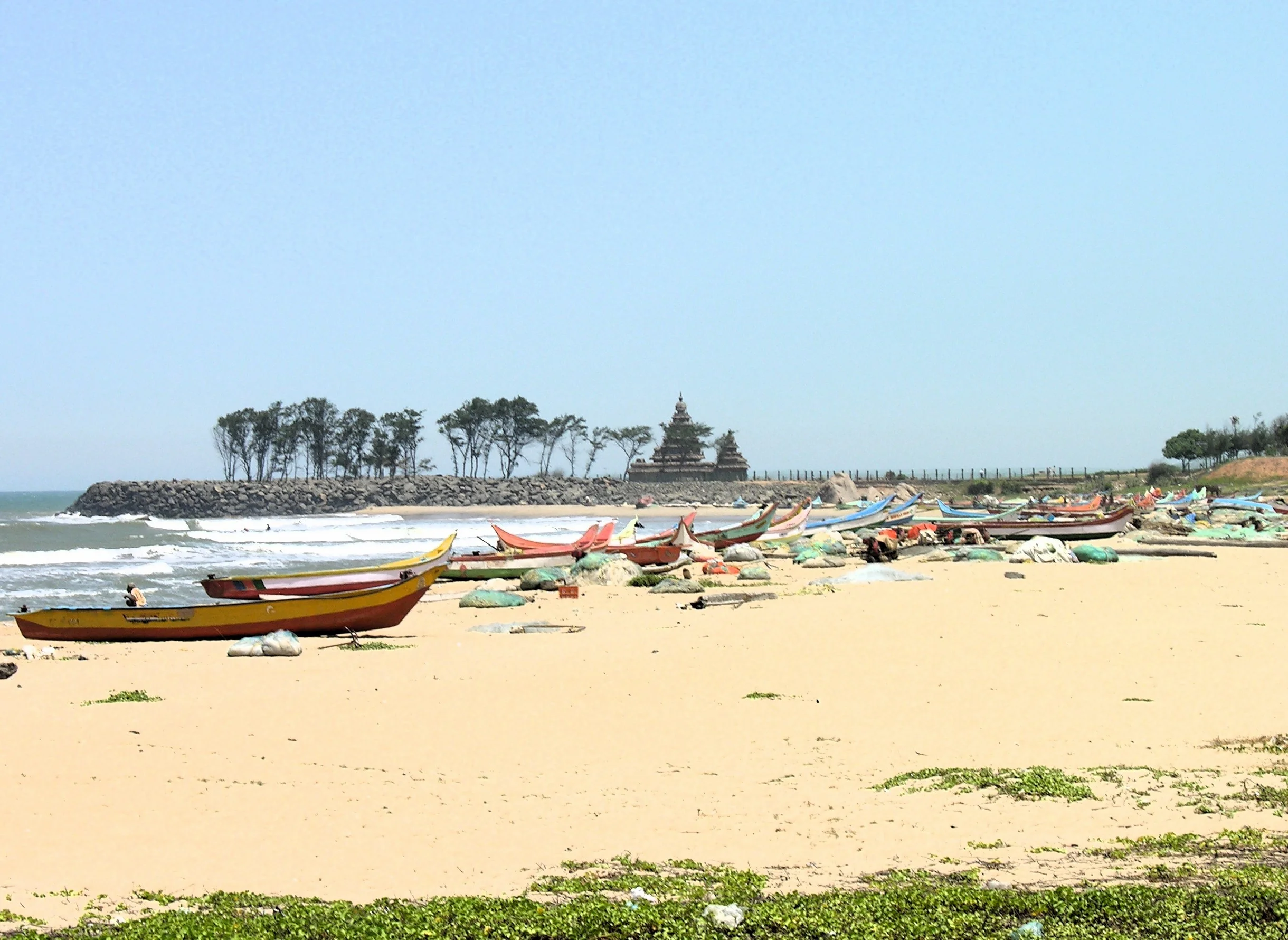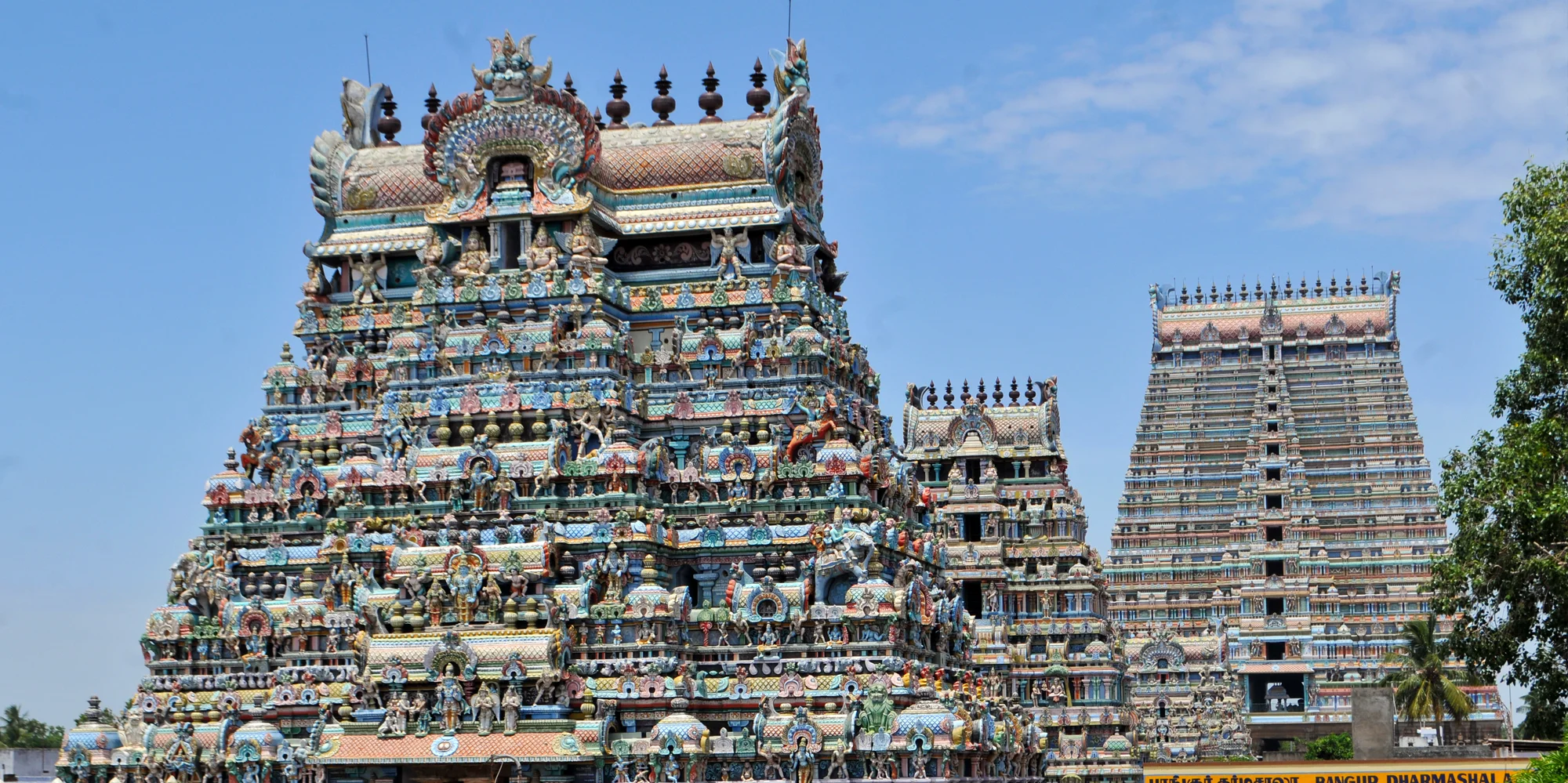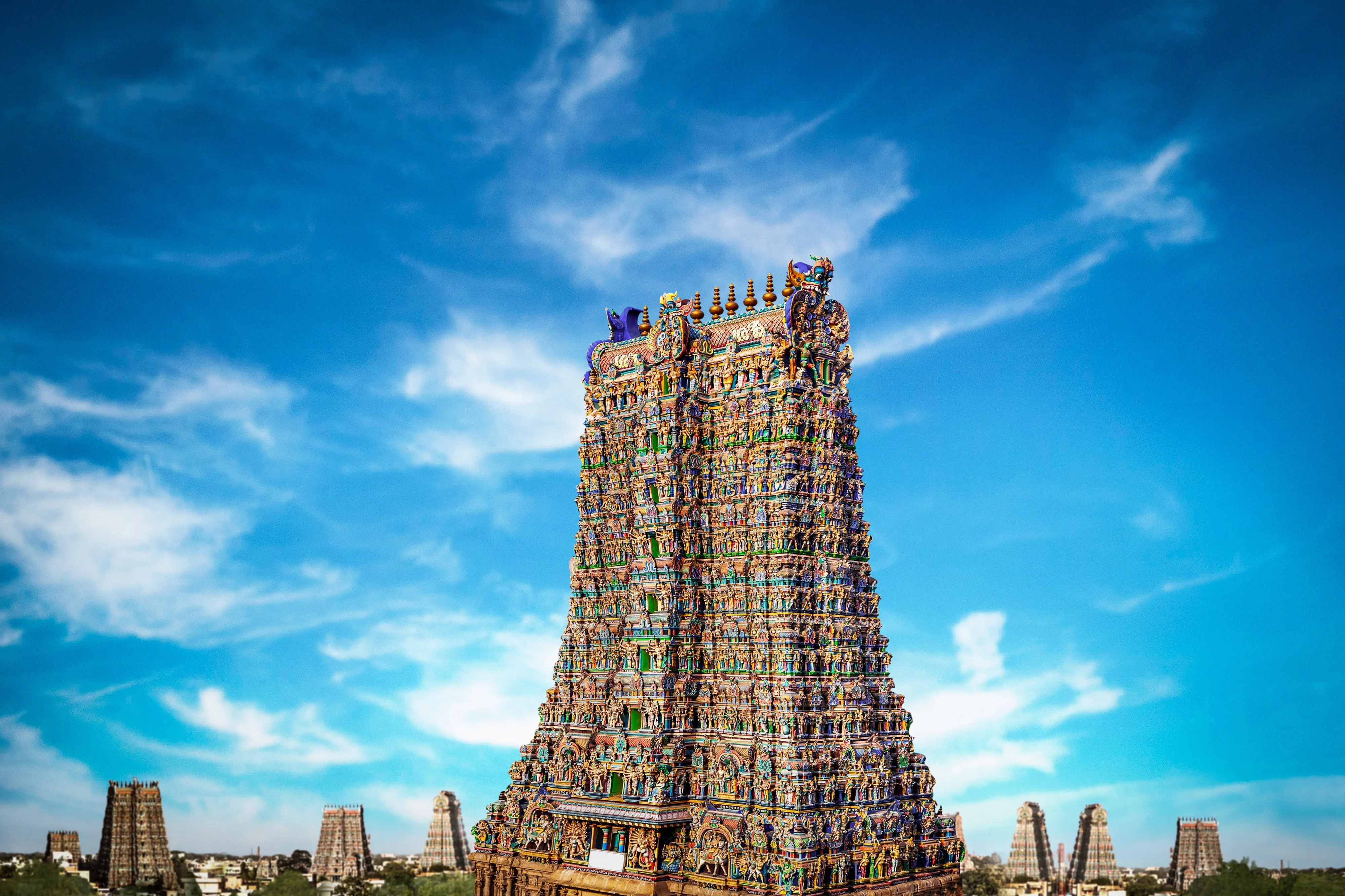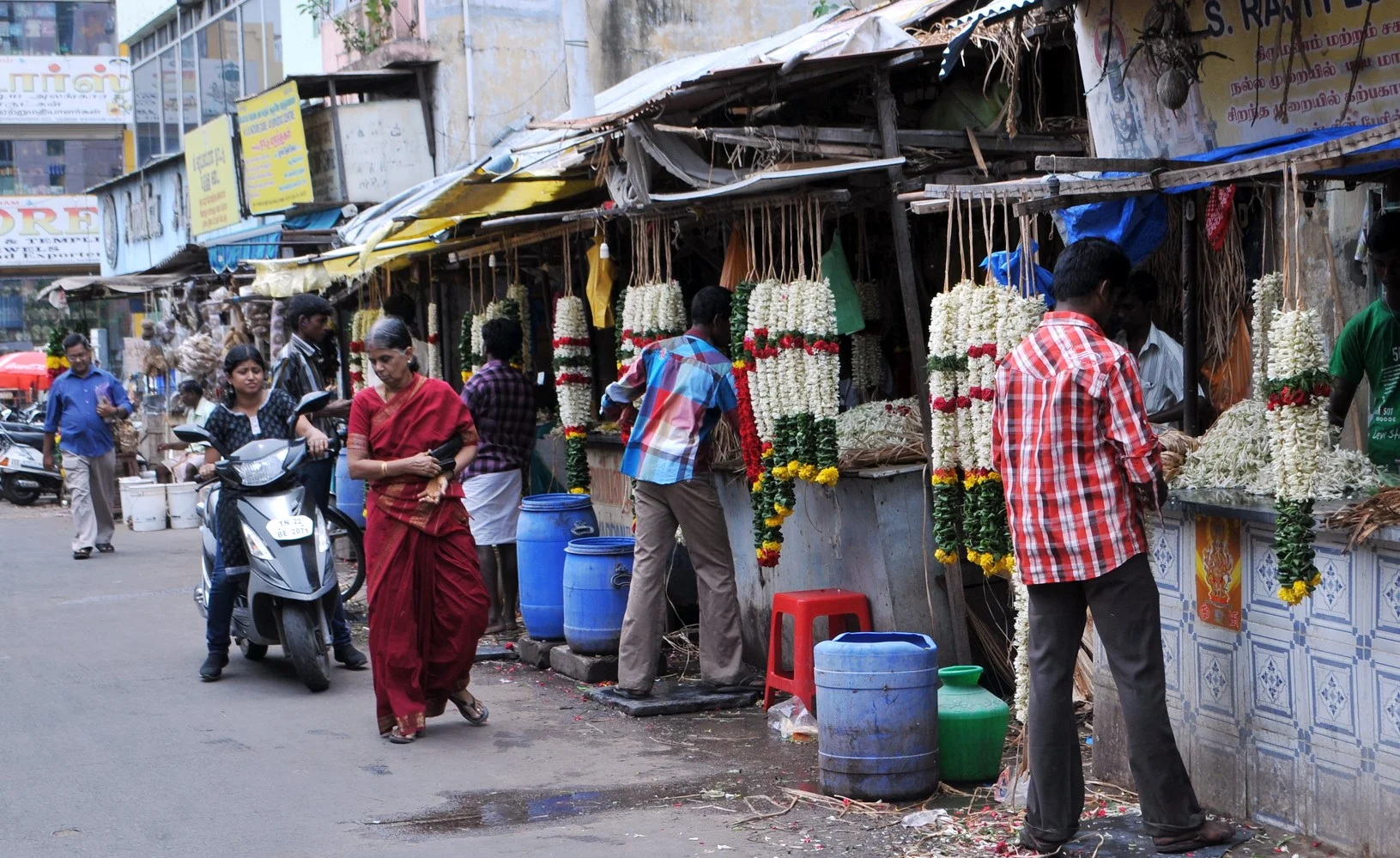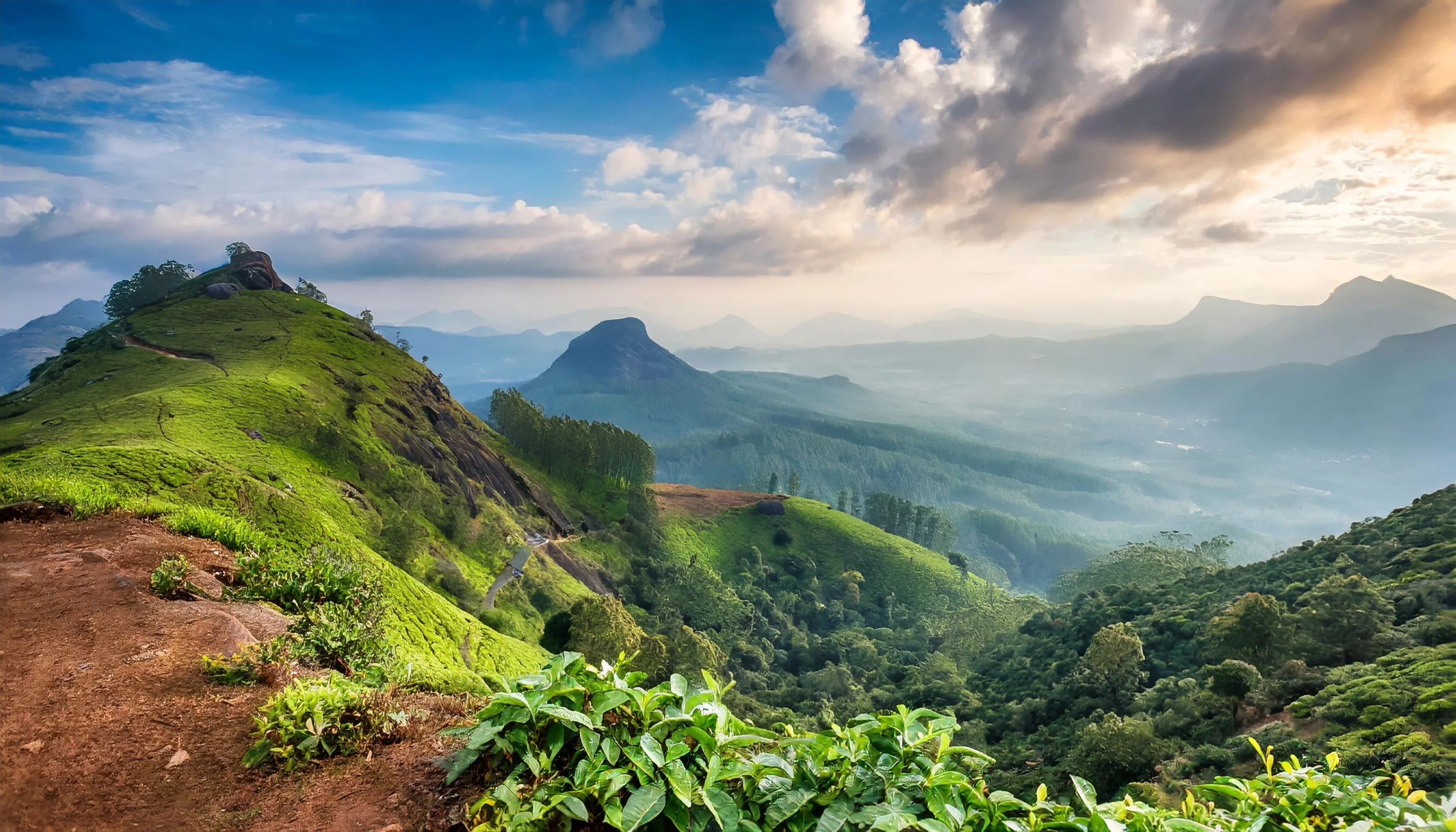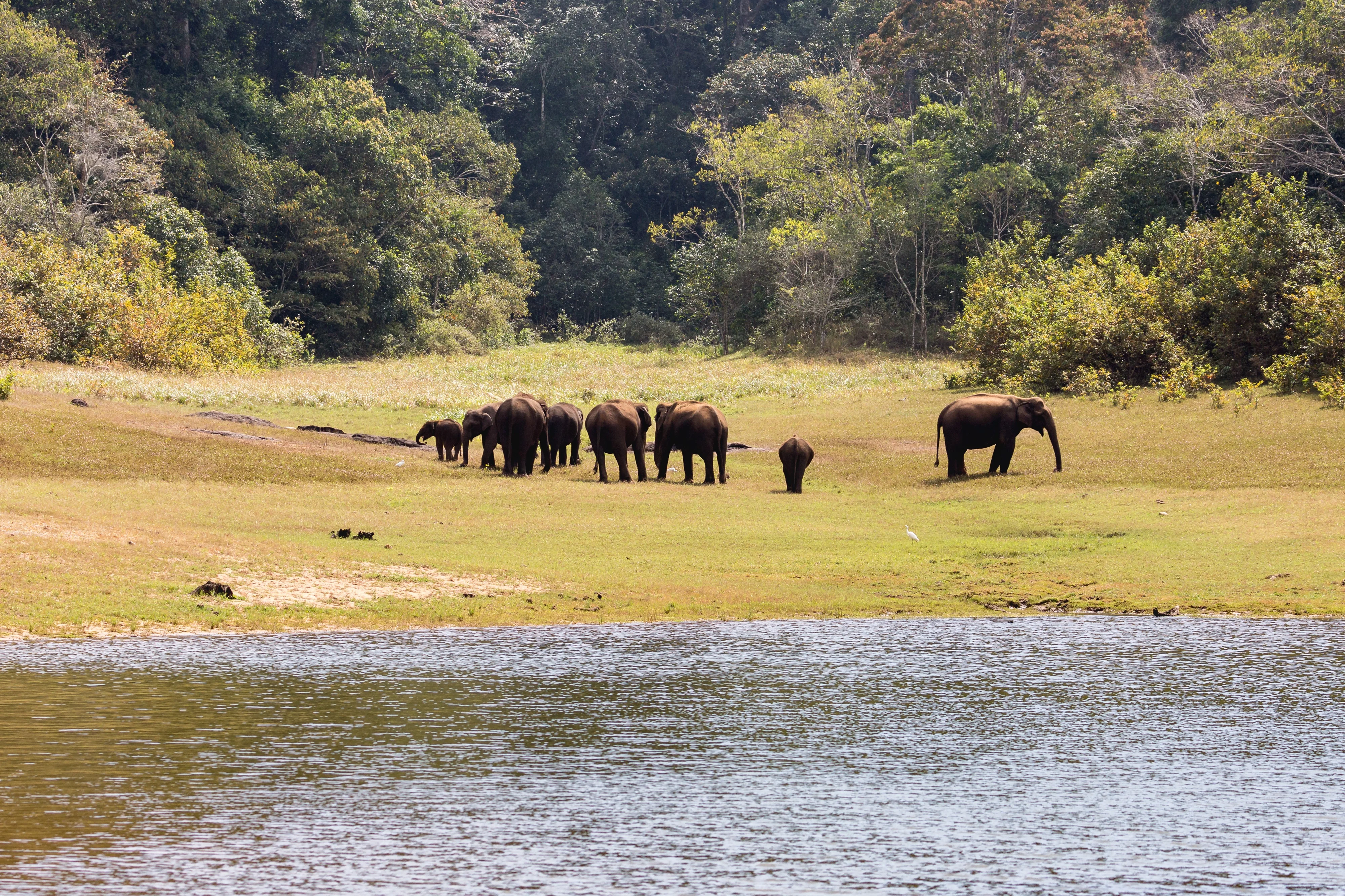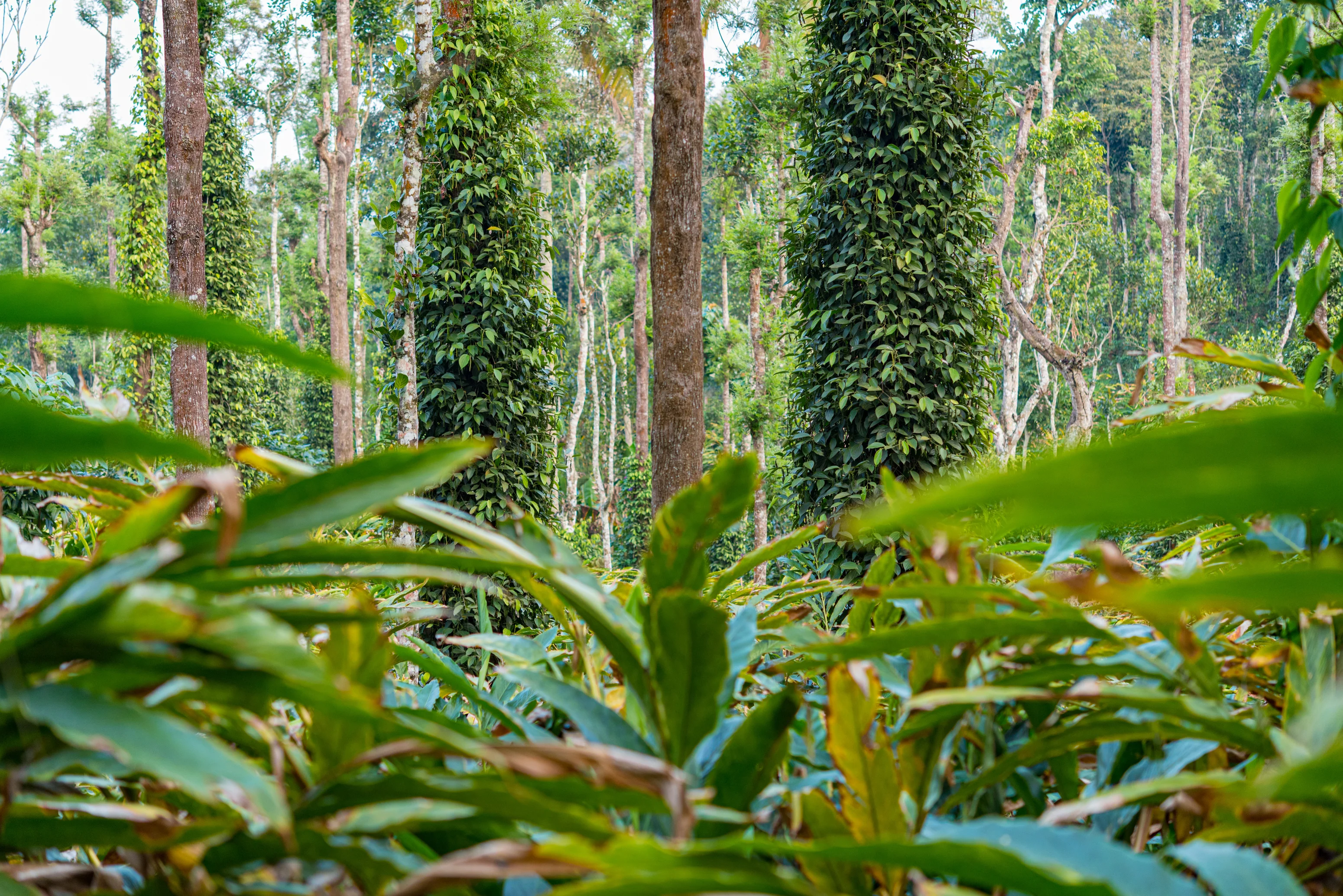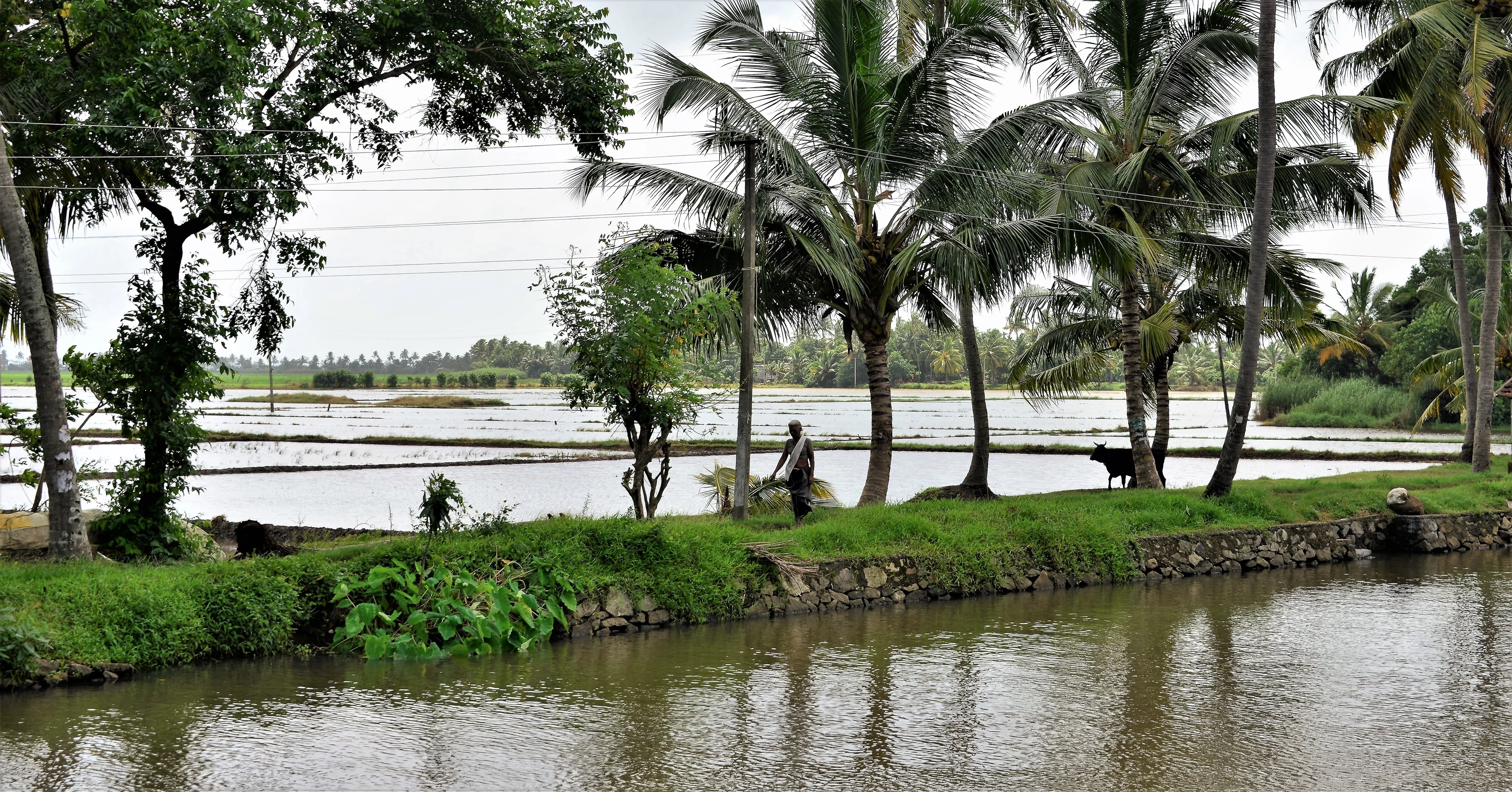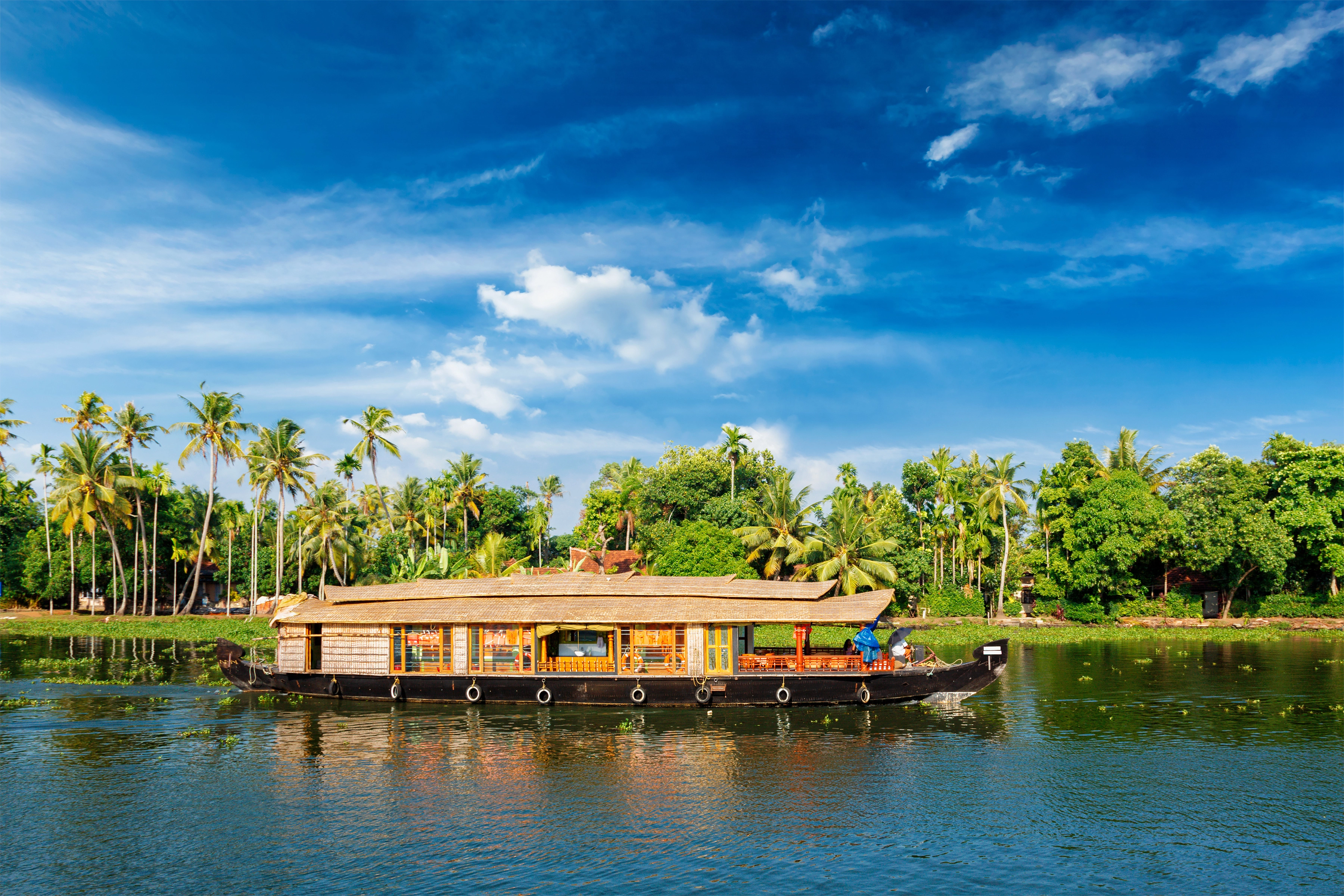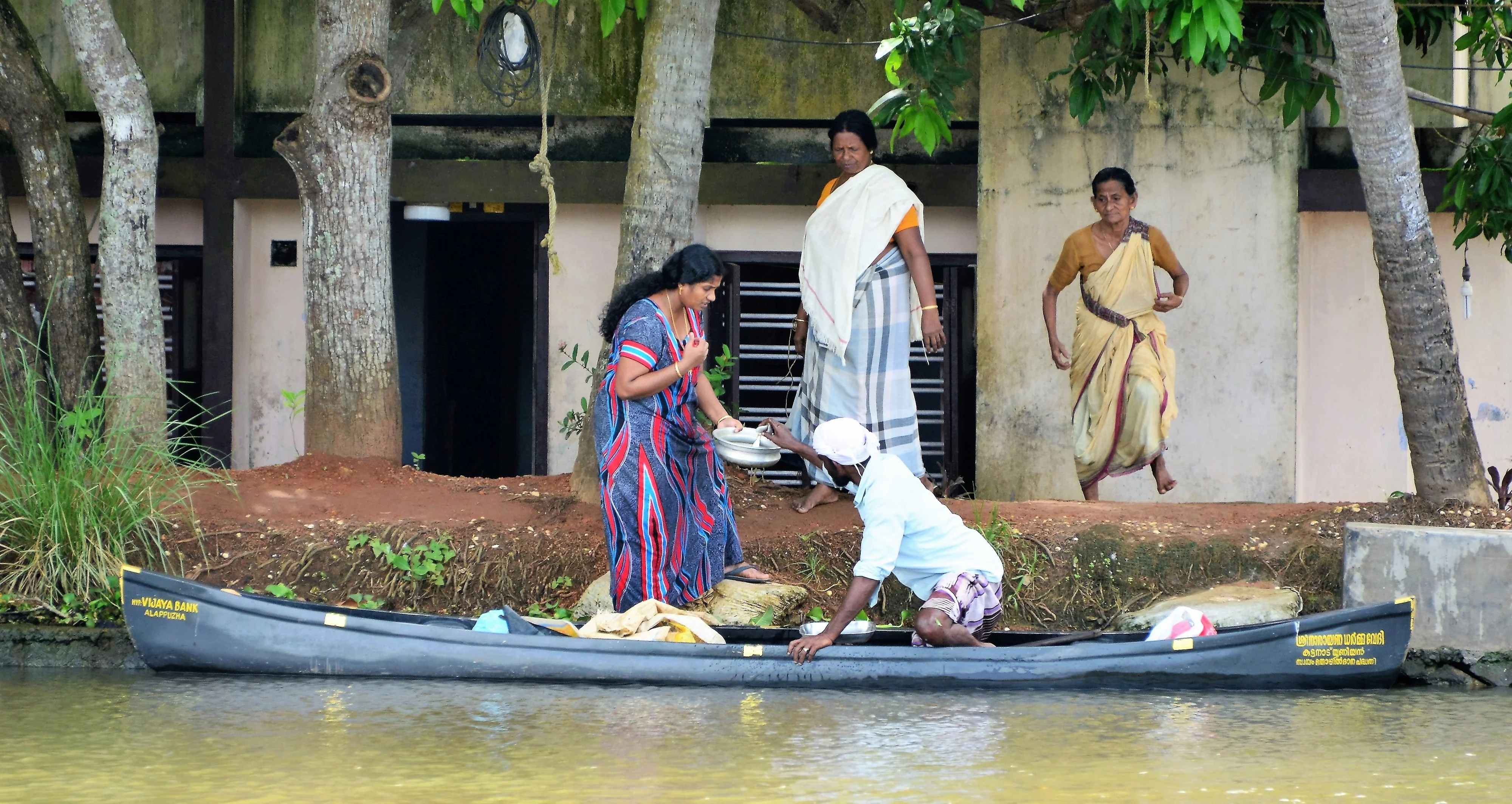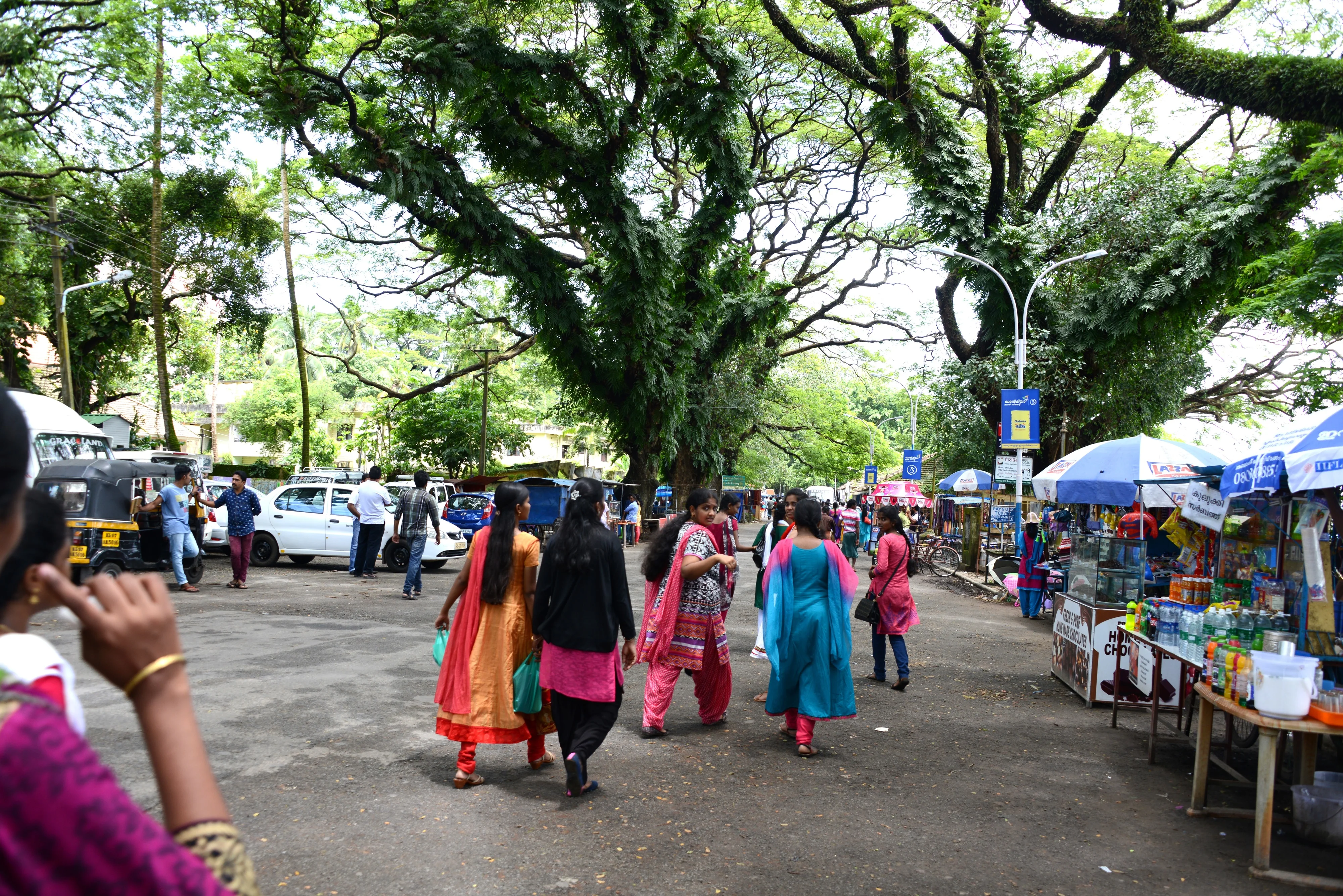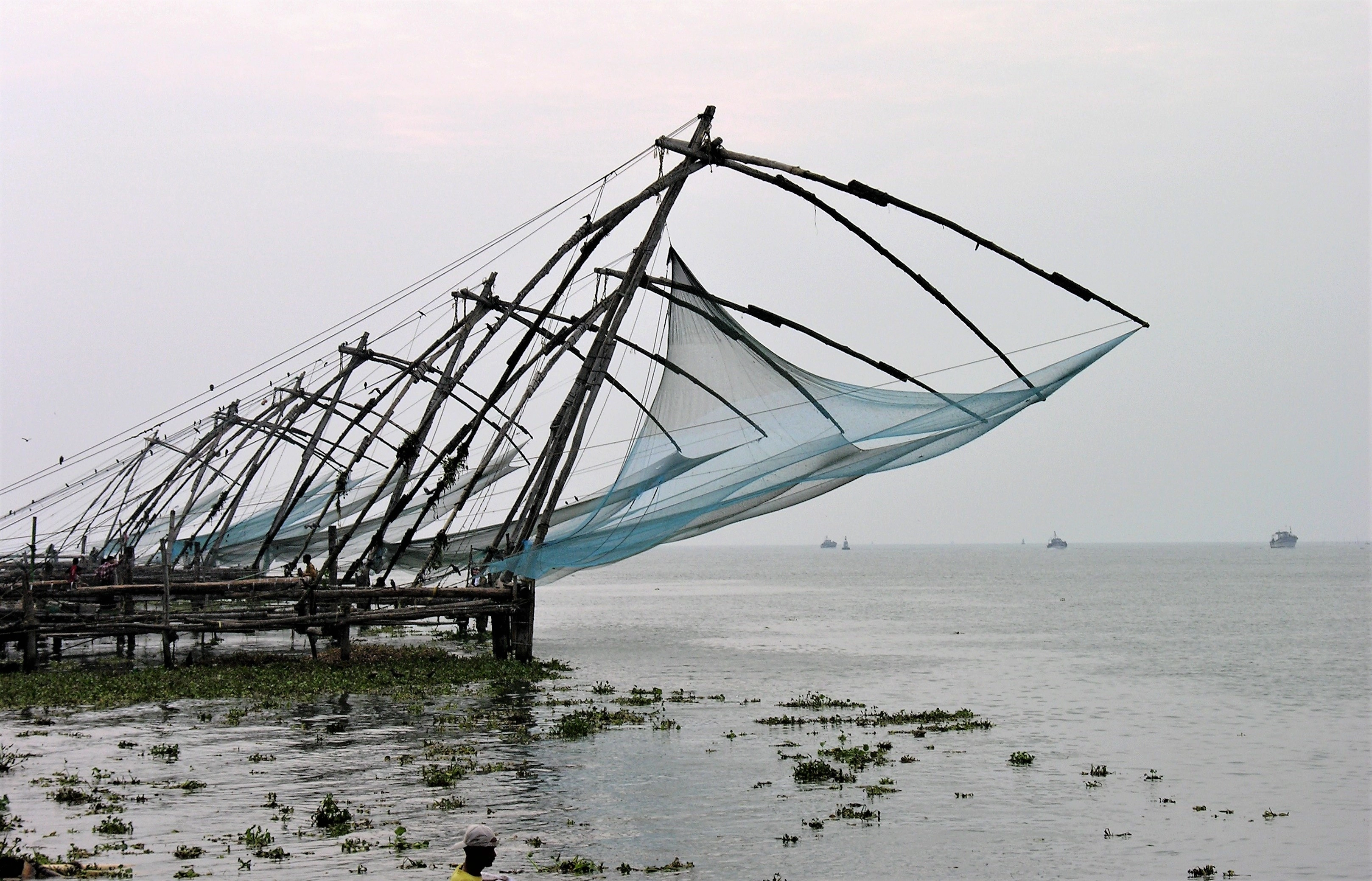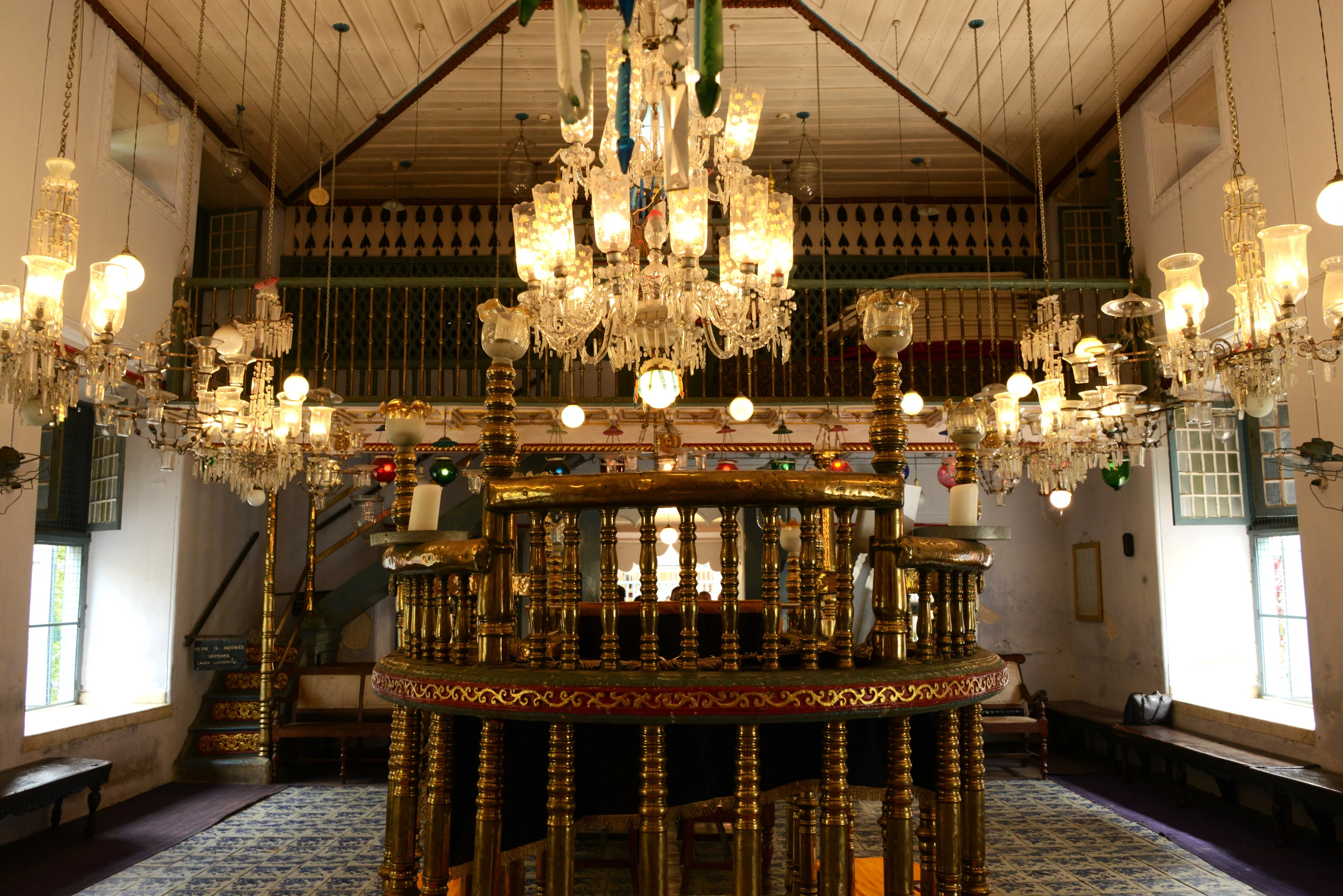Public Ferry Experience.Continue exploring more with an 8-to-10-minute walk through historic Fort Kochi’s charming streets and alleys that are surrounded by Portuguese, Dutch and British architecture, and full of chic small cafes, boutique stores, art galleries, and a lot more. Arrive at Santa Cruz Cathedral Basilica and experience its impressive collection of colorful artworks. A 5 minute walk from here will bring you to the St. Francis Church, which was established by the Portuguese Franciscan Friars in 1503. This is the first European church built in India, and the famous Portuguese explorer, Vasco Da Gama, the first European to reach India by sea, was buried in its courtyard for a few years before his remains were returned to Portugal.
A 2-minute walk will bring you to David Hall, a 17th century historic building that has been painstakingly restored and houses a rotating selection of art exhibits, mainly focusing on young artists. We recommend the excellent and popular small café in the building as your stop for lunch, if you are hungry, but there are other alternatives that you can discuss with your Guide. Here the focus is on casual Indian and western cuisine and drinks, including woodfired thin crust pizza’s prepared in an Indian clay oven – we strongly recommend trying the seafood topped ‘Fort Cochin’ Pizza!
After lunch you will proceed on a 10-minute drive through Fort Kochi, arriving at the Dutch Palace which was actually built by the Portuguese in 1555 and is famous for its detailed carved wooden murals depicting scenes from the Ramayana and the Puranic legends. Also known as Mattancherry Palace, this is an unattractive squat building that bears no similarity to the opulence of other palaces, or even mansions, in India. Very near the palace is the Jewish Synagogue which was built in 1568 and is still an active house of worship for the few remaining Jews in the area.


